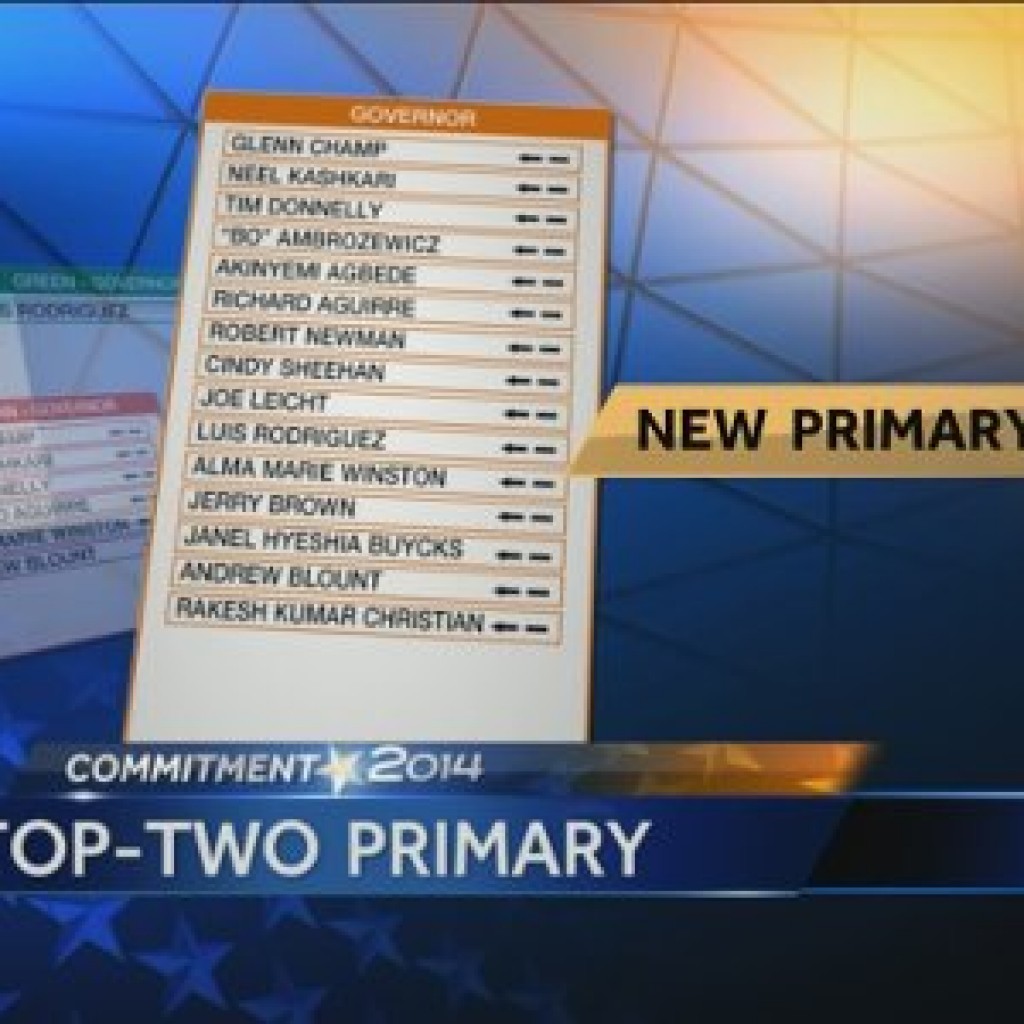
As the emergence of Donald Trump, Bernie Sanders and Ben Carson reflects, Americans are more than ever weary of the way that traditional politics is played on the national stage.
The fastest growing number of new voters in Florida aren’t registering as Republican or Democratic, but are independents who choose no party affiliation. According to the Pew Research Group, currently 39 percent of Americans nationally identify as independents, 32 percent as Democrats and 23 percent as Republicans.
The problem with in Florida however, is that independents voters can’t participate in primary elections. In fact, in 2014, only 18 percent of registered Floridians voted in the August primary. The November general election saw 51 percent of voters participate.
Not exactly democracy in action.
That’s where the folks with the All Voters Vote amendment enter the conversation. The group announced earlier this year that they were planning on getting a constitutional amendment on the 2016 ballot that would implement a nonpartisan, top-two open primary similar to the systems in California and Washington state for congressional races. All voters and candidates, regardless of party affiliation, would participate on a single ballot and the top two vote-getters would move on to the general election.
“Our view is that by getting rid of the closed political primary system and opening up to all voters so that all registered voters, regardless of their affiliation, can vote for any candidates of their choosing in the primary process that will help unlock the gridlock that’s been caused by partisan extremism,” says Tallahassee attorney Glenn Burhans Jr., chairperson for the campaign. ” Overwhelmingly our legislators at the federal, congressional and at the state level are determined in those closed party primaries because only registered party memebrs can vote, and the folks that come out and vote in those primaries are typically most vocal and extreme elements of either major party, and that has a disproportionate effect in determining who wins the election in November in the general election.”
California voters approved the top-two primary in 2010 under Proposition 14. Under that system, all candidates and voters, regardless of political affiliation, participate on a single primary ballot. The top two vote-getters in the primary election then move on to the general election in November (again, regardless of party or how much of the vote either candidate receives).
Whether Floridians get the opportunity to vote on the matter in 2016, however, looks questionable at best. Burhans says that the effort remains in “fundraising mode”right now, as they hope to have enough funds to then retain a signature gathering firm to collect the more than 683,000 signatures by next February to get on the ballot. That pales in comparison with other ballot campaigns ongoing in Florida, such as the proposal for medical marijuana and a solar power measure, both of whom have collected enough signatures to trigger a state Supreme Court hearing to review ballot language.
“We’ve got a high level of philosophical and political support, so it’s just a question of translating that into the resources to get out there and get the signatures,” says Burnhans. “We’re kind of still in that building phase, trying to get financial support and hopefully get out in t he field out in the fall so that we can get the February 1 deadline to get the signatures certified by the Department of State.”
To get more information about the campaign, go to allvotersvote.com.


